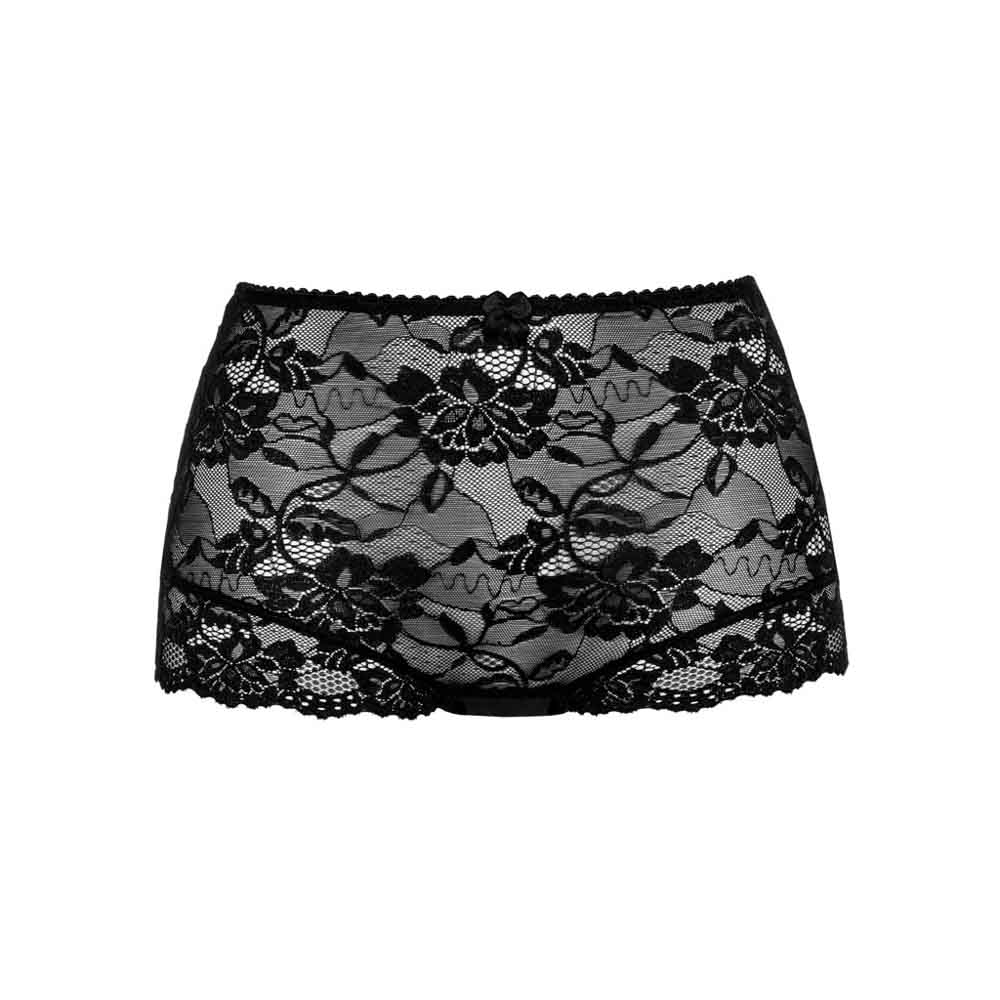How to get into Product Photography Business
Product Photography
If you have been practising commercial photography for some time now, you've possibly learned enough to be able to make some money out of it. This blog post hopefully will teach you some tricks about the photography business; where to start, what you need in terms of equipment, and how to approach your potential clients.
Why Product Photography?
• Very high repeat customer rate: When a client commissions you to shoot their new collection, it's very likely that it is not a one-off job. If you nail it, you get hired over and over again whenever they bring a new product to the market.
• Working remotely: For online market, it doesn't matter where you are based - your clients can post the products from where they are to your studio. So you can have clients all across the country or even continent!
Equipment
Apart from a decent camera and lights, you need a very minimal set-up which usually doesn't cost a leg. Here we have some great tips for small table-top product photography set-up that is small and easy to pack up.
Camera
You don't need the latest pro-level medium format camera. A basic entry-level crop sensor camera will do the job. All you need is a good camera that gives you complete manual control so that you can change the settings as you shoot. If you don't own one yet, a camera like Nikon D3500 will be good enough to start with.
Lighting
Lighting is so important that it is often a make-or-break thing. There are four types of light: LEDs, Fluorescent, Tungsten and Flash Light. Fluorescent light is energy-efficient but releases very poor output of light. Typically it's approx 50-100 watts. The bulbs are cheap and available in most shops and supermarkets. LED lights are a lot more energy-efficient and do not produce too much heat and usually last a lifetime. Tungsten lights produce very high levels of output but also emits a lot of heat and have a "warm" or reddish colour. Last but not least is the flashlight. I prefer using flash light for e-commerce product photography. The flashlight is usually referred to as very "harsh light" as it gives off really focused and strong light surface. However, no matter what type of light you are using, it can be diffused to make sure that the lighting evenly spreads around your subject, instead of casting overexposed highlights.
Reflectors
Reflectors help to bounce the light back to the product. I usually use 5mm white craft foam board and just prop them up with some DIY tricks. If you shoot reflective mirror-like items, these help to block reflections too.
Lenses
For standard e-commerce product shots, the 18-55mm kit lens that comes with your camera usually works well, however, if you're shooting jewellery, then consider upgrading to a macro prime lens.
Portfolio
To build your portfolio, start doing some smaller projects for no fee or at the lowest cost possible. If you've done a good job ask the client to leave a review on Google or Facebook. Try to get as many as possible. Positive reviews will help winning more jobs later. If you've received some positive feedback and already have a customer base, the next job is to create a portfolio website. If you are not familiar with the HTML language, there are loads of user-friendly platforms that can help to build and host your website, such as Squarespace or Wix, so definitely check them out. Don't get to excited when it comes to building the website. Keep it simple; all you need is just 3 pages: an about page, a contact page, and a portfolio page.
Marketing
Marketing generally is the toughest bit. That's why having those positive reviews is so important! Would you consider buying a product with poor feedback score on Amazon? Go to page two or three on Google and click around to find businesses that don't have pro-looking product images. Email them your details - usually, for every 40-50 messages you send, you may hear back from one or two. These businesses already have a quite strong online presence which means that they are proactively working to get their business on page one; so you have a very good chance to hear back from them. Also, talk to the local shop owners, they might not sell online yet, but they are excellent prospects since you are very close by.
Summary
With internet giants like Shopify, Ebay and Amazon, it's never been easier to sell online so there is a massive demand for product photographers. If you already own basic gear like camera and tripod, you only need to invest another couple of hundred pounds or even less if you are good at DIY.





March 30, 2020 at 06:18 pm /
.........................................................................................
.........................................................................................
https://jewellery.photography/